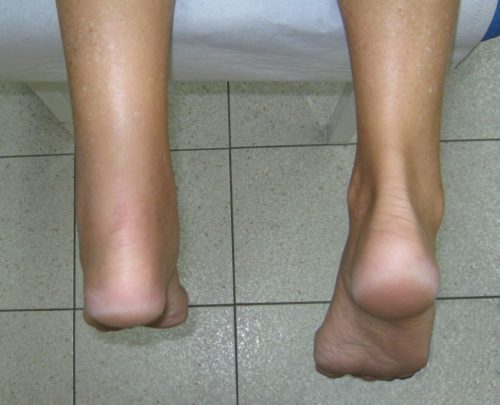
Achilles tendon rupture is an injury that affects the back of your lower leg.
The Achilles tendon is a strong fibrous cord that connects the muscles in the back of your calf to your heel bone. If you overstretch your Achilles tendon, it can tear (rupture) completely or just partially.
If your Achilles tendon ruptures, you might hear a pop, followed by an immediate sharp pain in the back of your ankle and lower leg that is likely to affect your ability to walk properly.
Surgery is often performed to repair the rupture. For some people, however, nonsurgical treatment works just as well.
Symptoms
Causes
Rupture usually occurs in the section of the tendon situated within 2 1/2 inches (about 6 centimeters) of the point where it attaches to the heel bone. This section might be prone to rupture because blood flow is poor, which also can impair its ability to heal.
Ruptures often are caused by a sudden increase in the stress on your Achilles tendon. Common examples include :
Risk factors
Factors that may increase your risk of Achilles tendon rupture include :
Prevention
Diagnosis
During the physical exam, lower leg for tenderness and swelling.
one might be able to feel a gap in your tendon if it has ruptured completely.
If there’s a question about the extent of your Achilles tendon injury — whether it’s completely or only partially ruptured — MRI may be helpful
MANAGEMENT
Treatment for a ruptured Achilles tendon often depends on your age, activity level and the severity of your injury. In general, younger and more active people, particularly athletes, tend to choose surgery to repair a completely ruptured Achilles tendon, while older people are more likely to opt for nonsurgical treatment.
Nonsurgical treatment
This approach typically involves :
Nonoperative treatment avoids the risks associated with surgery, such as infection.
However, a nonsurgical approach might increase your chances of re-rupture and recovery can take longer.
Surgery
The procedure generally involves making an incision in the back of your lower leg and stitching the torn tendon together. Depending on the condition of the torn tissue, the repair might be reinforced with other tendons.
Complications can include infection and nerve damage. Minimally invasive procedures reduce infection rates over those of open procedures.
Rehabilitation
After either treatment, you’ll have physical therapy exercises to strengthen your leg muscles and Achilles tendon. Most people return to their former level of activity within four to six months. It’s important to continue strength and stability training after that because some problems can persist for up to a year.


